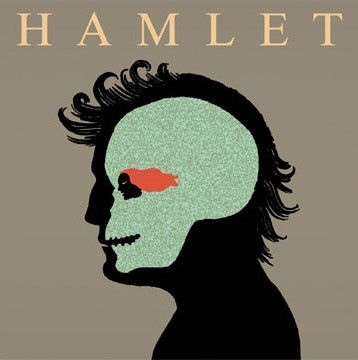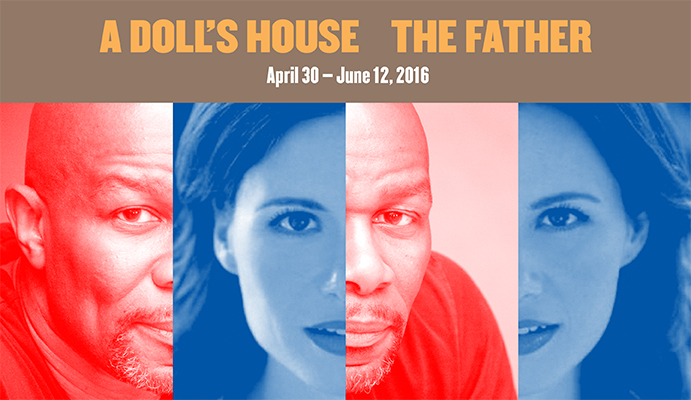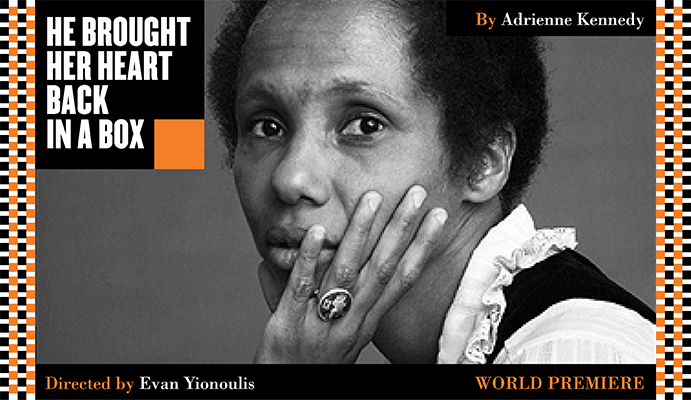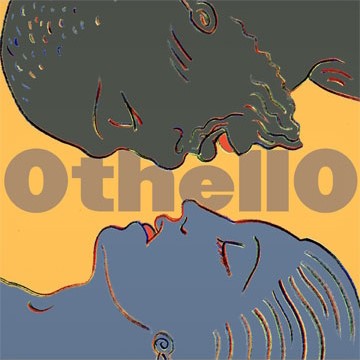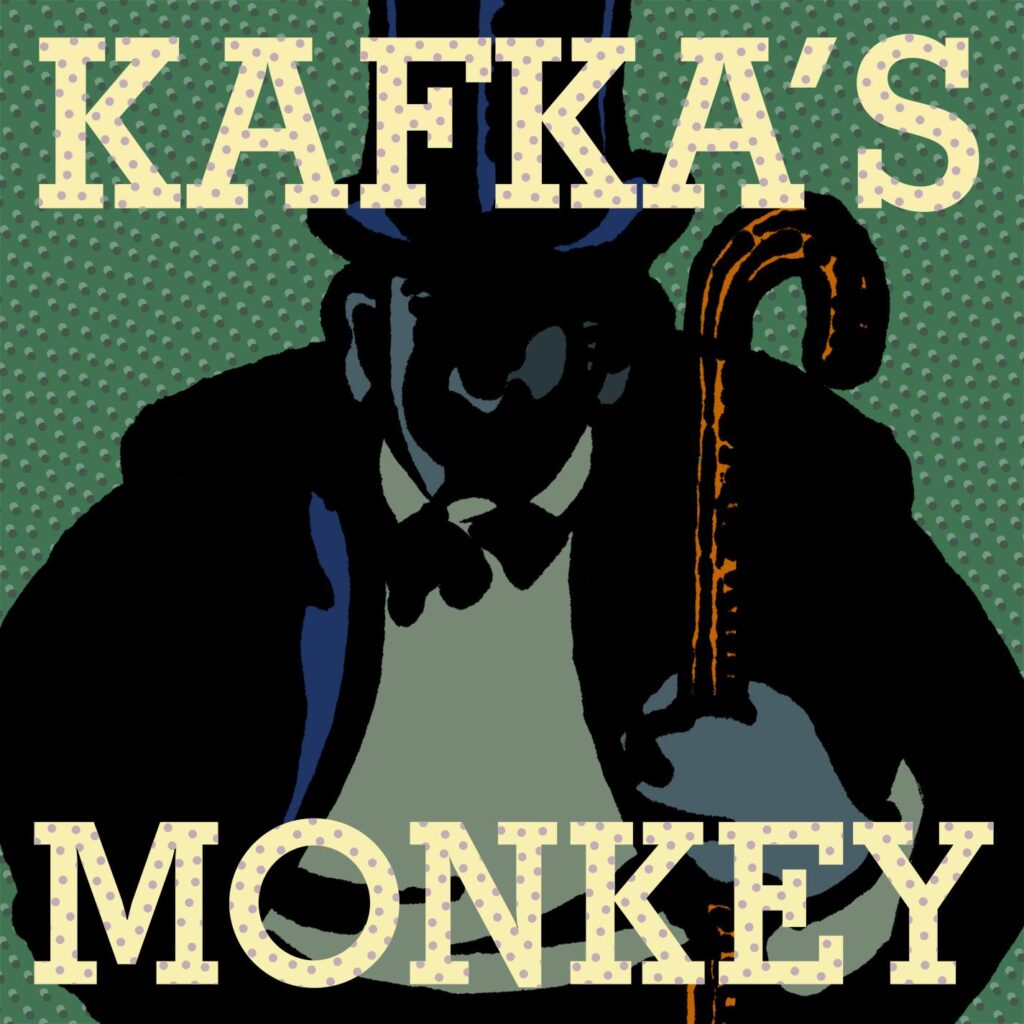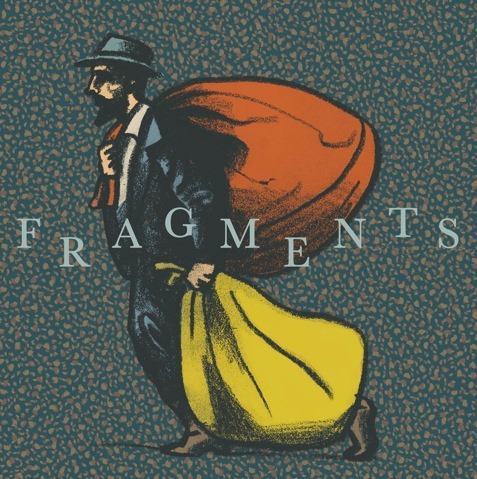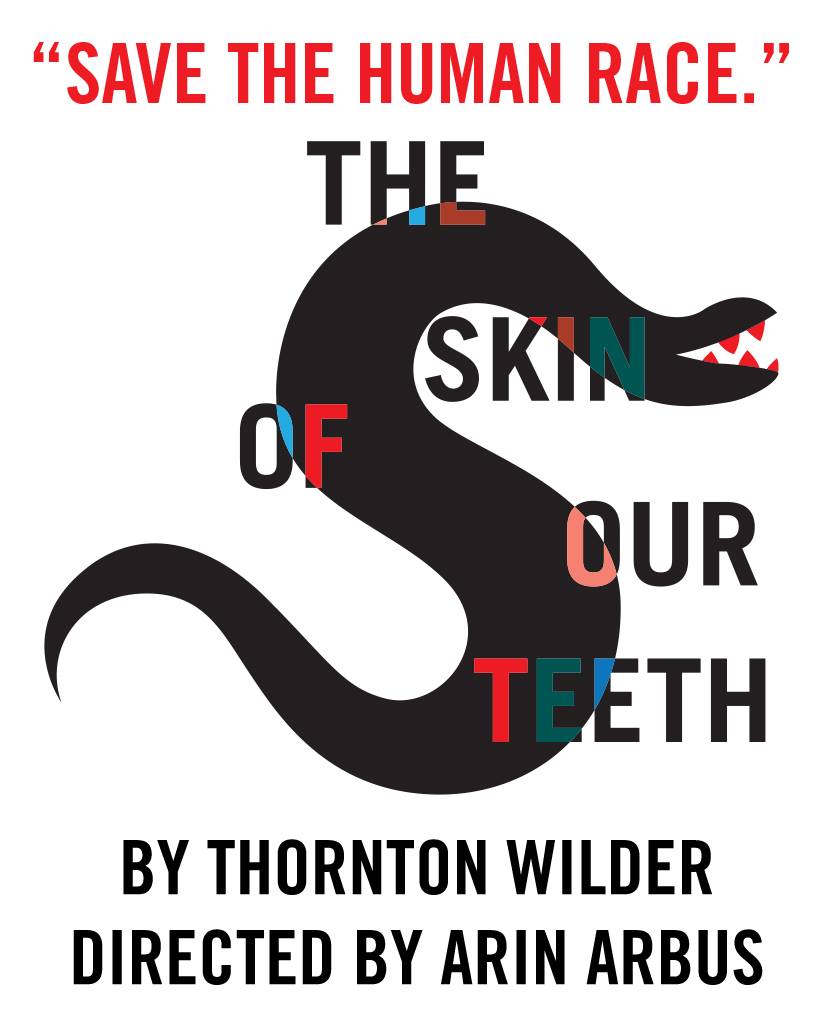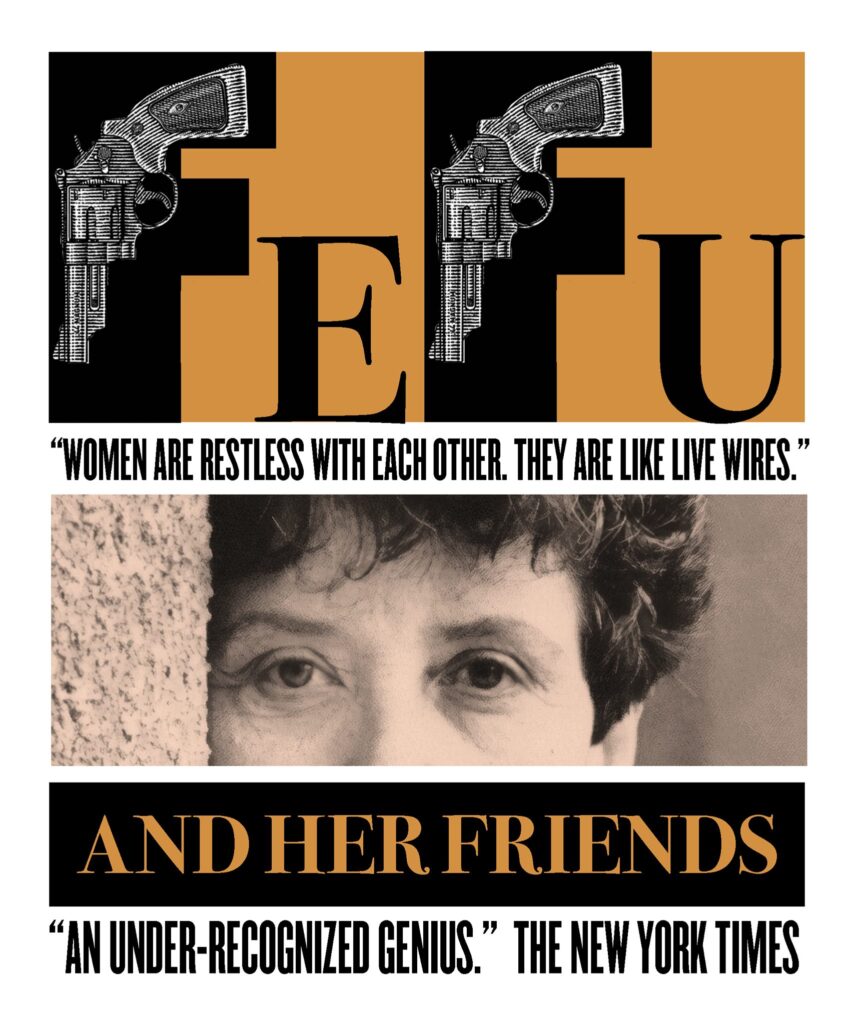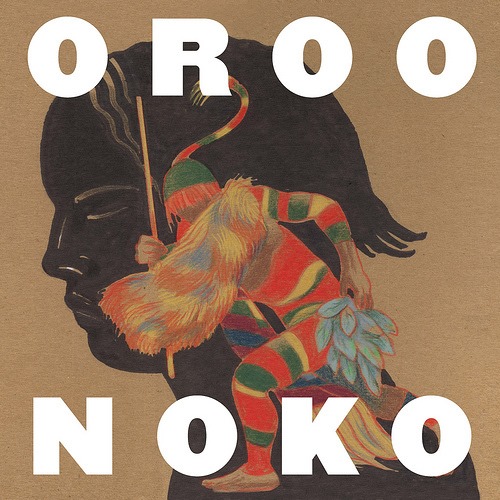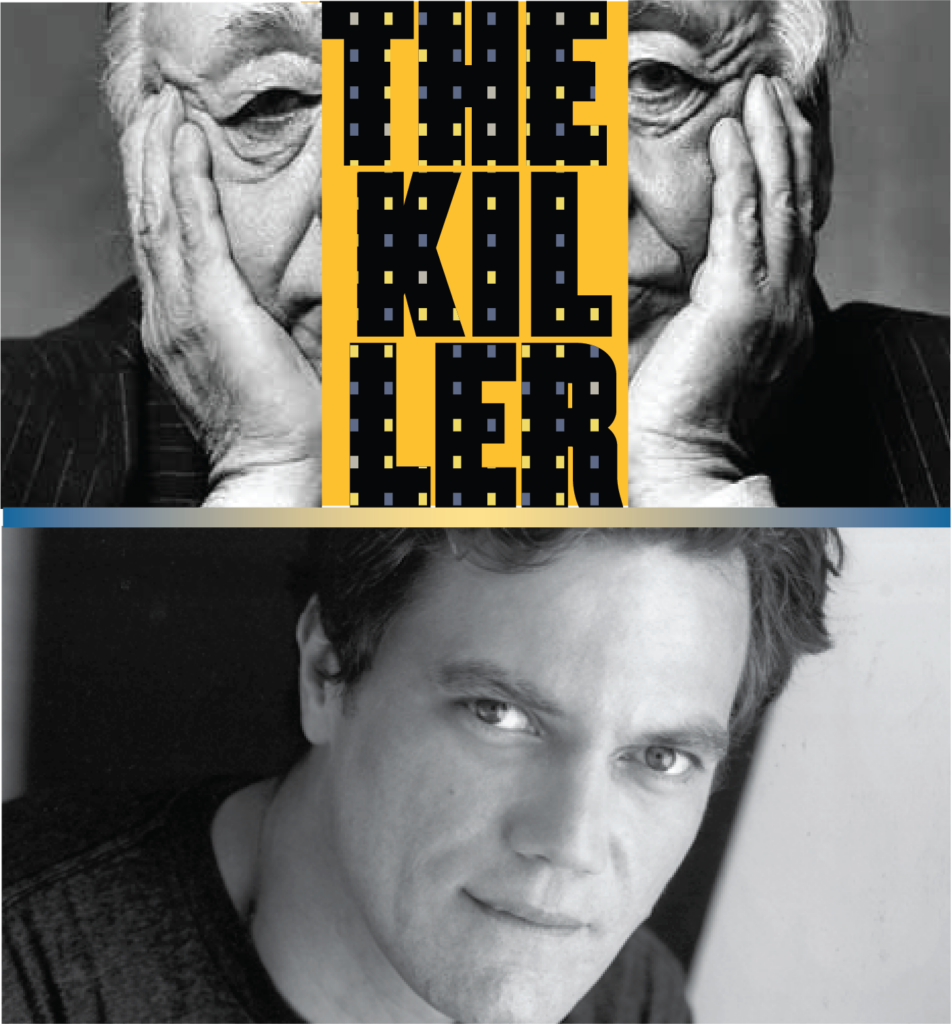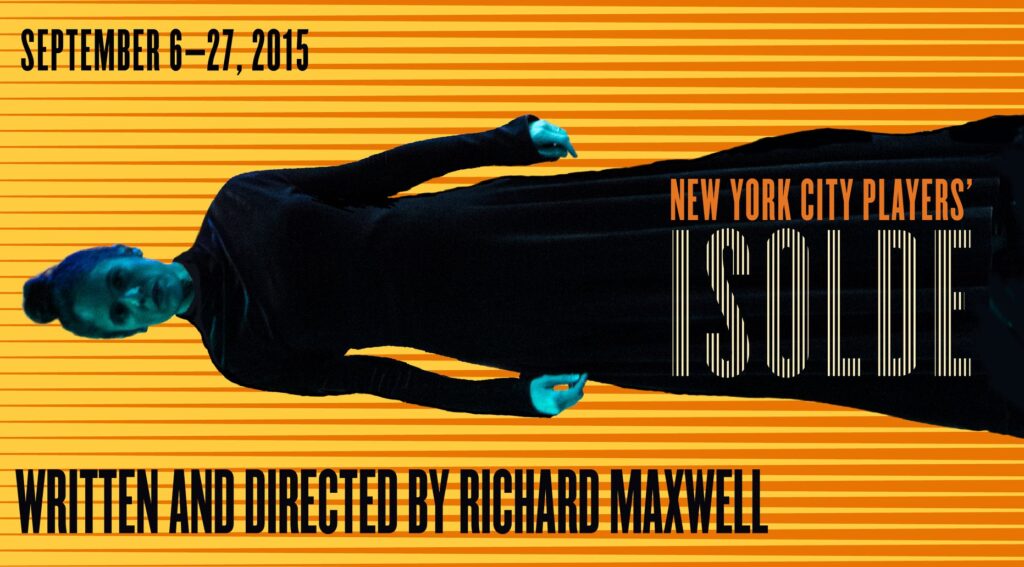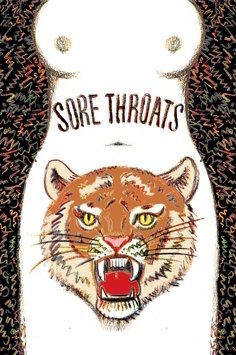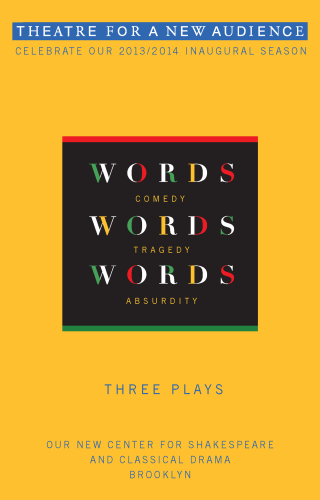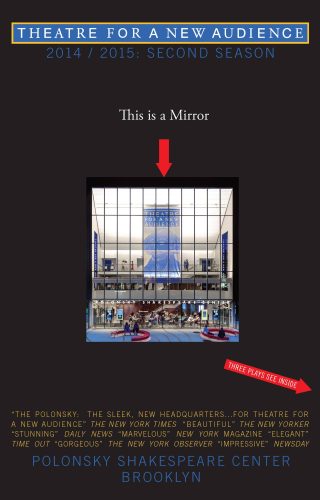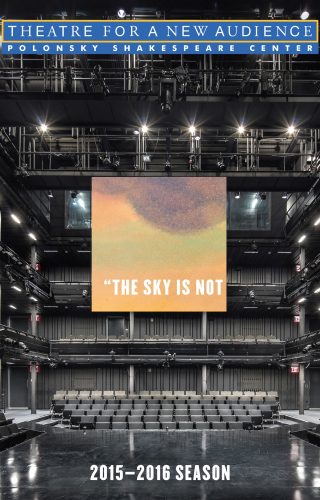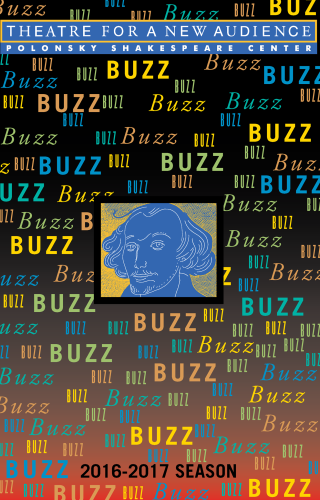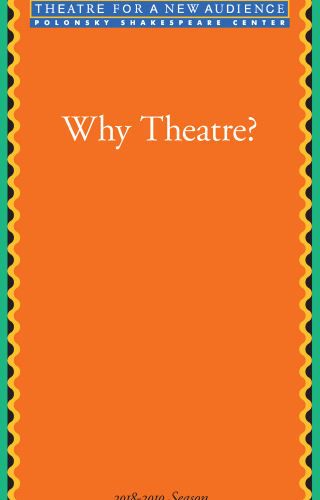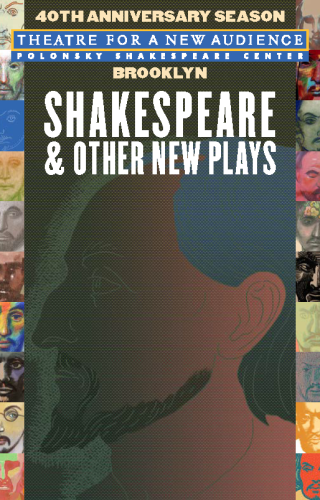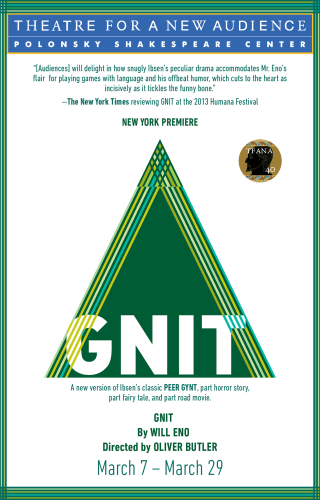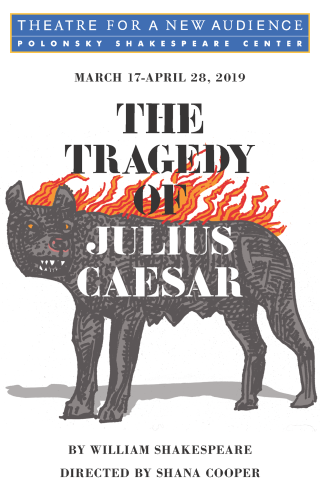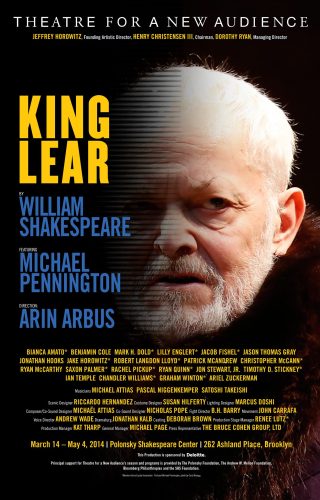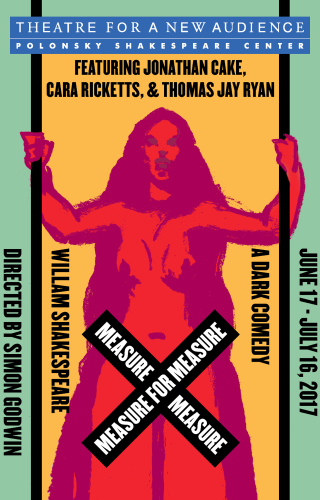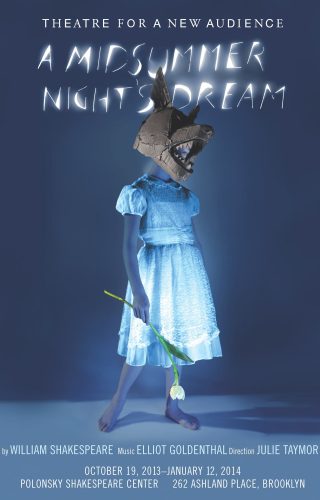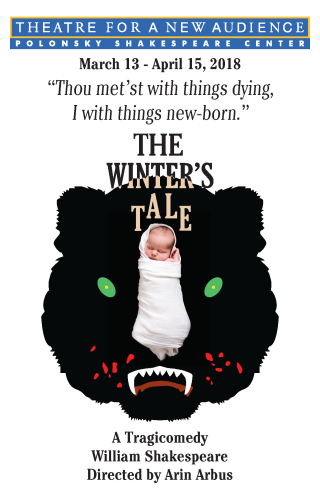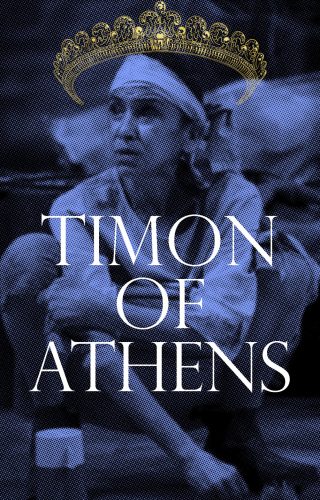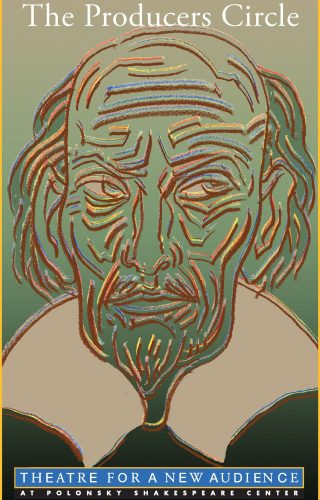Milton Glaser
Milton Glaser


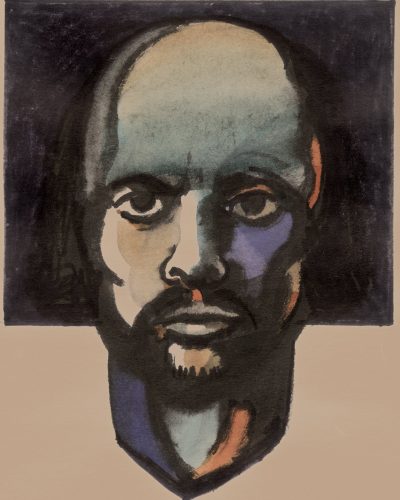

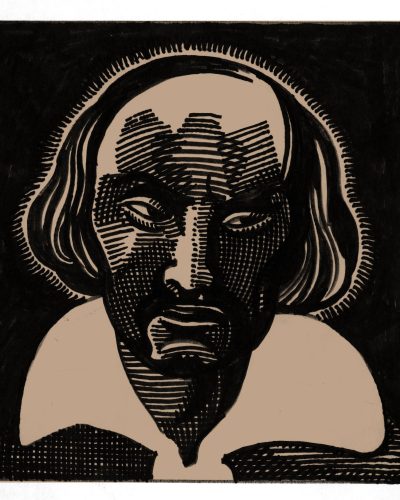



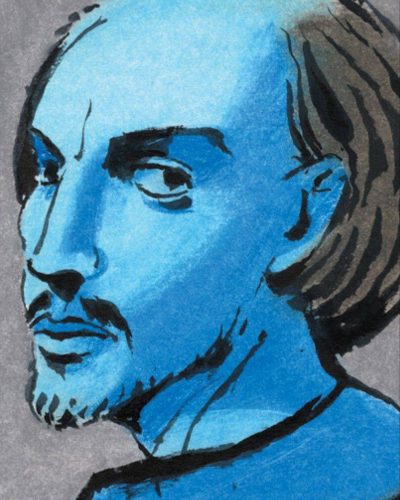


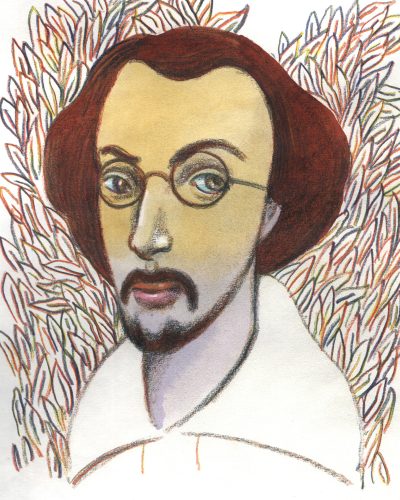
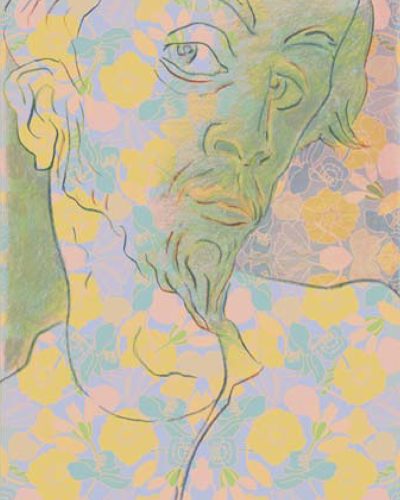
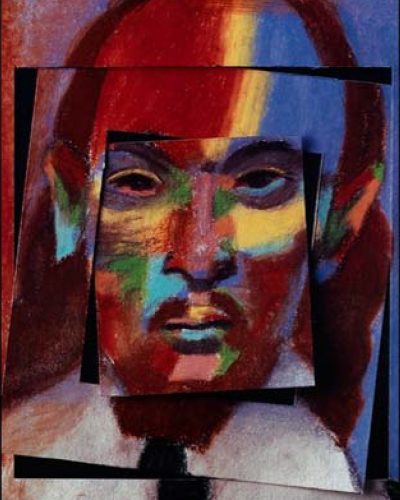
Dear Friends:
Theatre for a New Audience has been fortunate to work with Milton Glaser, an American graphic designer perhaps best known for his 1966 iconic Bob Dylan poster and his 1977 I ❤ NY logo. In 2009, President Barack Obama awarded Milton the National Medal of Arts, the first graphic artist to receive this honor. Milton’s values and process for creating design are inspiring. But what is design? I began to understand what it could be when I started working with Milton.
We met in 1990 when TFANA’s THE RED SNEAKS, a scrappy musical about kids commissioned from Elizabeth Swados, was invited to the Aspen Design Conference. A session with Liz and me in conversation with Milton was also scheduled. But only one person showed up. Liz left. Logically, the session should have been cancelled, but Milton, who has a sharp sense of humor and an appreciation of the unpredictable, proposed, “Shall we do this?” I said, “of course!”. We were officially introduced and had a lively conversation during which our audience of one dozed off, spluttered awake, and exited.
Afterwards, I asked if Milton would consider designing something for TFANA. “How long have you been around?” “About ten years.” He was thoughtful, “If you make it to twenty, we’ll see.” Ten years later, I telephoned and Milton, not quite sure if he remembered our exchange, invited me to his studio. “So…what is Theatre for a New Audience? “We’re a New York, non-profit theatre that produces Shakespeare alongside other contemporary playwrights and is committed to nurturing artists and community. Since Shakespeare is alive world-wide in every era, there can never be one definitive interpretation of Shakespeare.”
Milton loves possibilities and he offered to design a 20th Anniversary poster for us with a portrait of Shakespeare. As he later explained in his book, Art Is Work:
“All Shakespeare portraits derive from two or three original sources that are not in agreement with one another. The only agreement seems to be a high-domed forehead, a beard, mustache and a wide, white collar. This opened up the portrait to numerous possibilities. I arrived at the drawing used on the poster — more like a non-white actor playing Shakespeare than a portrait of Shakespeare. It still looked a bit conventional for the spirit of the Theatre, so I cut it into overlapping shapes to suggest a more modern spirit. The lettering amplifies the same idea by alternating classic and modern font.”
Milton donated his poster, which began a relationship with TFANA now in its 20th year.
So, what is design? In Art Is Work, Milton offers three definitions of what it could be: “The intervention in the flow of events to produce a desired effect; the introduction of intention in human affairs; the third is design moves things from an existing condition to a preferred one. The last one reduces the complexity of the idea, but I like all three definitions.”
These three definitions inform Milton’s designs for TFANA: an incredible range of logos, posters, season brochures, awards, graphics, and Shakespeare portraits. Freed from one definitive Shakespeare, Milton explored an ongoing theme of Shakespeare of many selves. Click below to see some examples of Milton’s designs for TFANA. You can also see more of his designs at miltonglaser.com.
In 1977, when Milton designed I ❤ NY, New York City and State were also in a crisis. Click below to watch the 2018 five-minute documentary by Andre Andreev (for Tribeca Film Festival’s online series Tribeca Shorts) about the story of how Milton created his famous logo. Tribeca Film Festival says,
“This love letter to the resilient city will remind you that New York has weathered many struggles in the past. Milton Glaser brings you back to the gritty streets of New York City in 1977. We chose this film for so many reasons: for the story of Glaser’s 90-year love affair with the city, for the glimpse into his American Dream immigrant roots, for his grandfatherly presence at a time when we’re not allowed to hug our beloved elders, for the lesson that art can have a social impact, for the archival footage that is proof that our city has risen up like a phoenix before…”
Milton says in the documentary, “The most significant things are not verbal; not narrative. They are something else. They are in the realm of feeling, expression, and art. This is a community of people who said there is something possible and they came here and they worked to achieve that. It is one of the great lessons of human ability. That sense was the most profound… I believed it… My life has basically developed out of the sense of possibility.”
A sense of the possiblility is also Milton’s creative process. I didn’t know what TFANA’s public face would be when I first met Milton, and twenty years later, every time we start a project, I don’t know where it will end. I have to be open to possibilities. As Hamlet says, “The readiness is all.”
Best,
Jeffrey Horowitz
Founding Artistic Director


